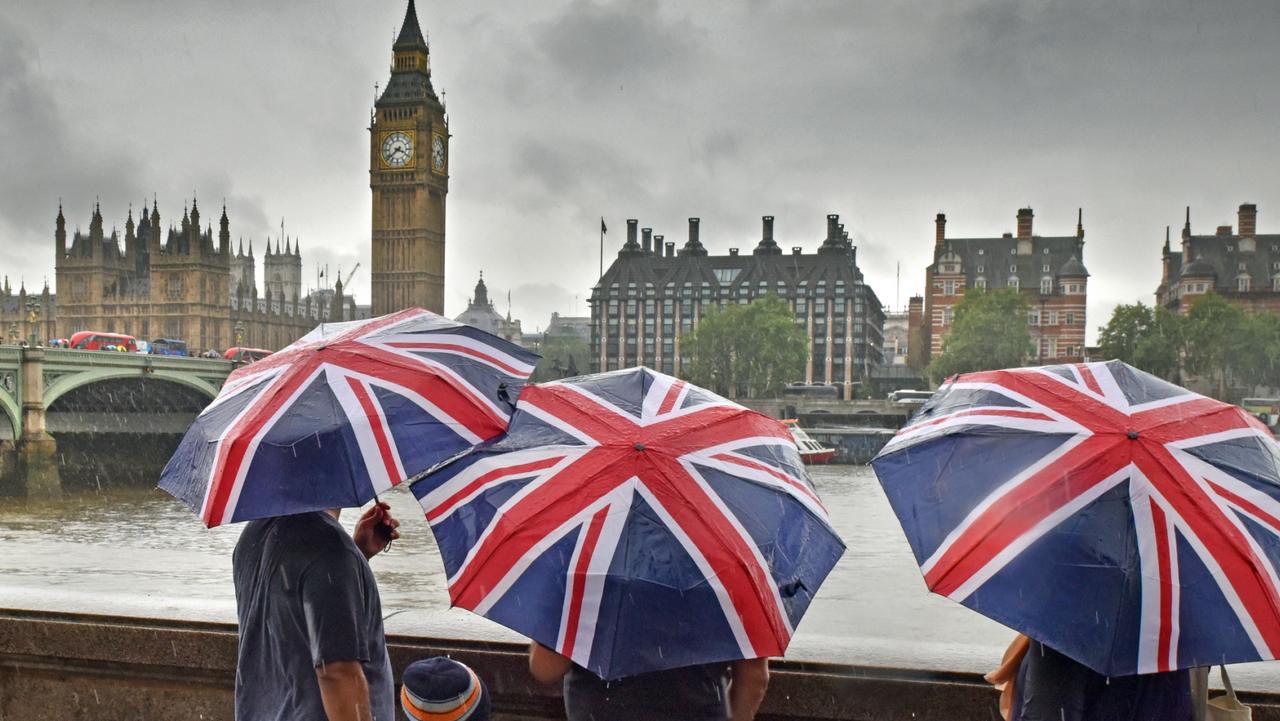Salina Turda: Romania’s epic underground theme park that will take your breath away
You can ride a ferris wheel and float on an underground lake inside this mind-boggling theme park in Romania, hidden more than 100 metres below ground.
With its trendy cafes, dance music festivals and super-fast internet, Transylvania is no longer just a holiday destination for diehard Dracula fans.
Sure its medieval castles are magical; its fairy tale villages steeped in history. But the world-famous region is now finding epic new ways to rocket into the 21st century – with one attraction in particular really starting to turn heads.
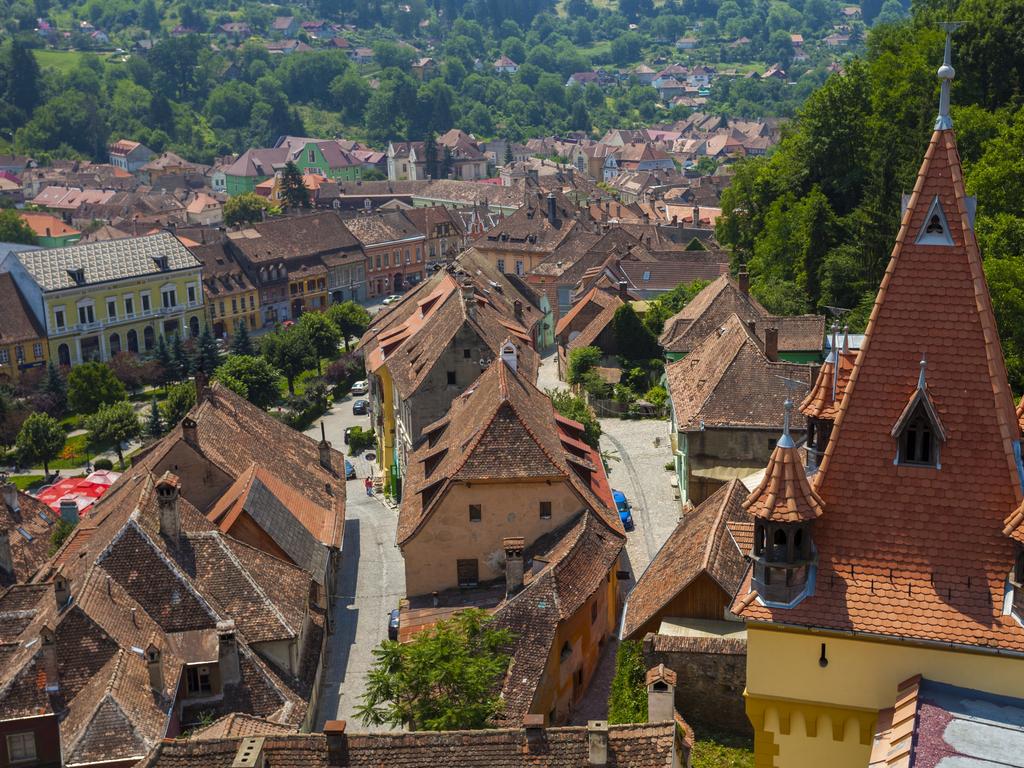
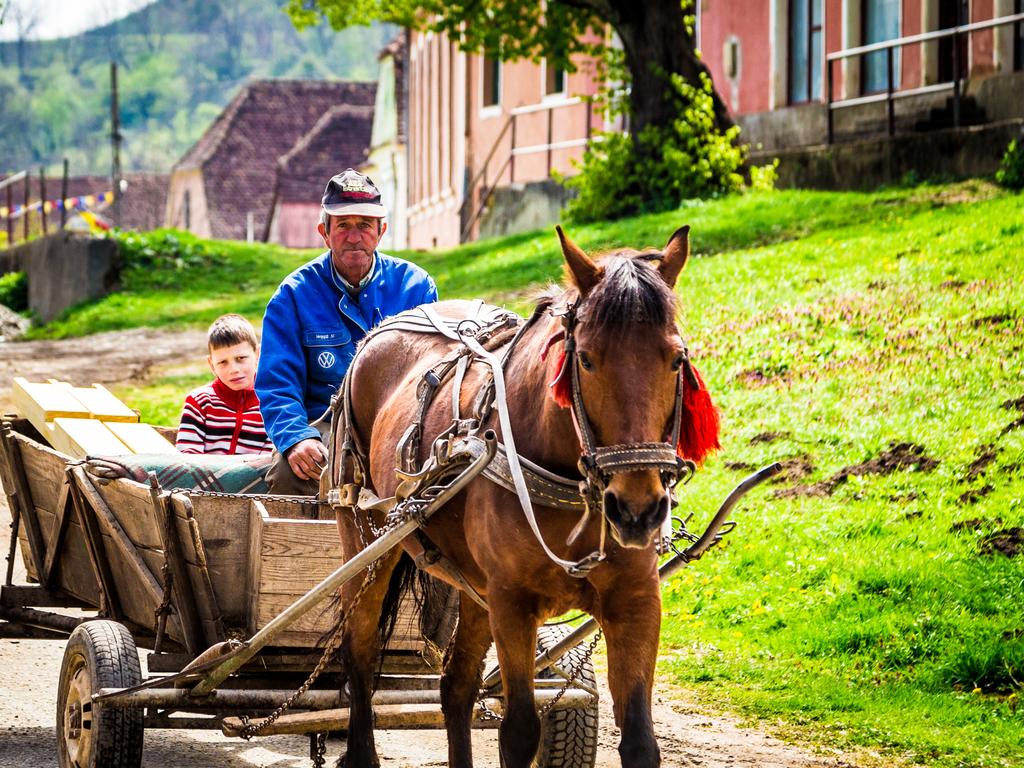
Just outside of Cluj-Napoca – Romania’s second largest city and Transylvania’s unofficial capital – lies one of the oldest salt mines in the world.
Dating back some 2000 years, Salina Turda was a hive of activity for centuries until it finally closed in 1932. Its vast caverns were then used as bomb shelters during World War II, and later for storing cheese.
But the enormous mine has now been given a mind-boggling makeover, transforming into a futuristic theme park more than 100 metres below ground.
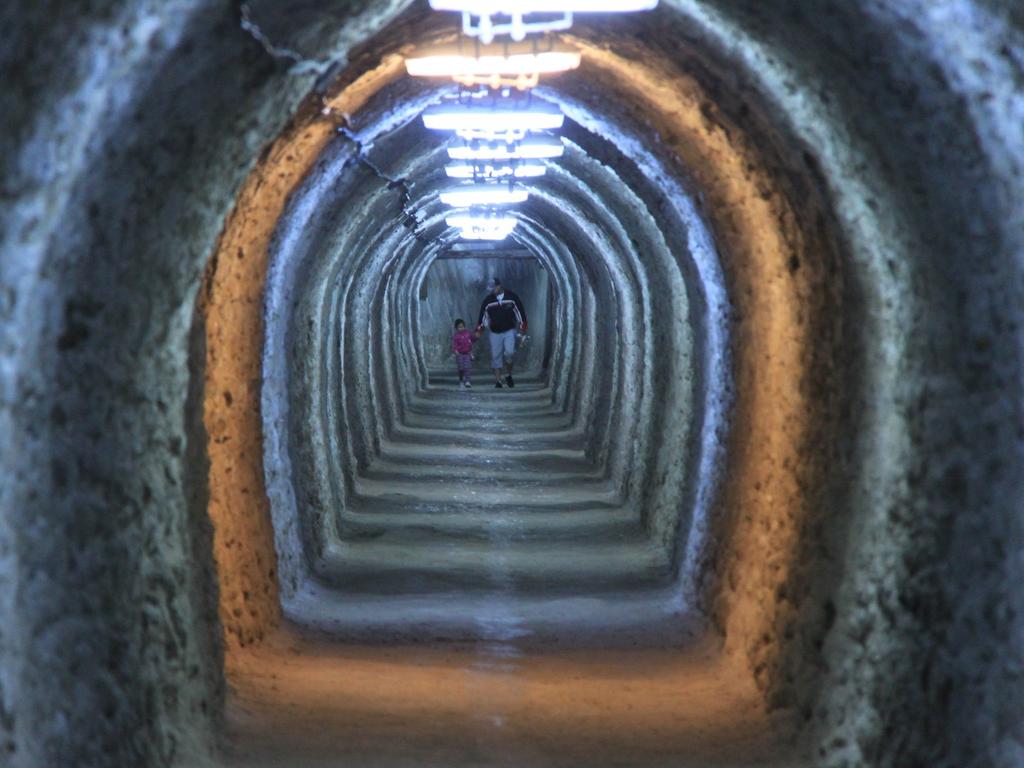
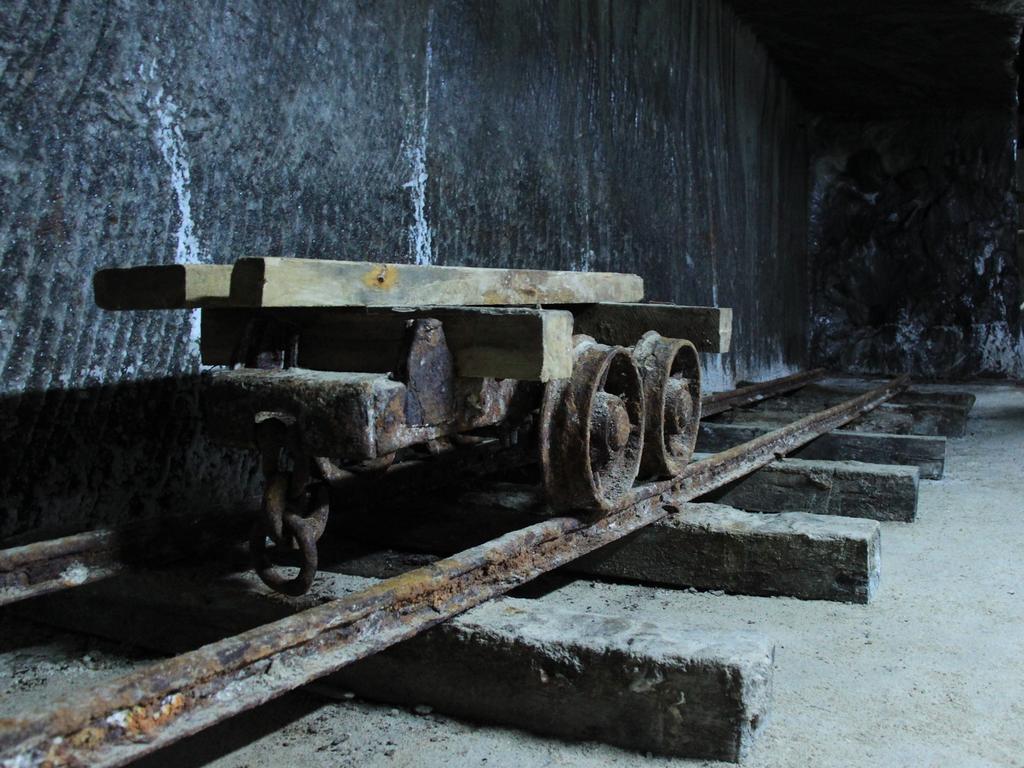
Your first peek inside Salina Turda will take your breath away.
After descending down a series of narrow, cramped tunnels, you emerge onto a high platform overlooking the main cavern.
The size of the space is simply unbelievable, as you gaze from the ceiling down through the cascading neon lights to the whizzing amusement park more than 40 metres below.
If you’re brave enough, you can walk around the perimeter of the mine on a terrifying wooden gangway. Otherwise you can head straight to the panoramic, glass elevator that takes you down to the main floor.
Expert tip: There is only one elevator that can take visitors up and down from the park, so unless you fancy taking the stairs, be prepared you may have to wait in a long line.

The amusement park itself is pretty low-tech.
There’s a minigolf course, billiard tables, ping pong tables, a handball court and bowling alley. The fan favourite is the 20-metre tall ferris wheel – a truly uncanny sight inside an ancient Romanian quarry.
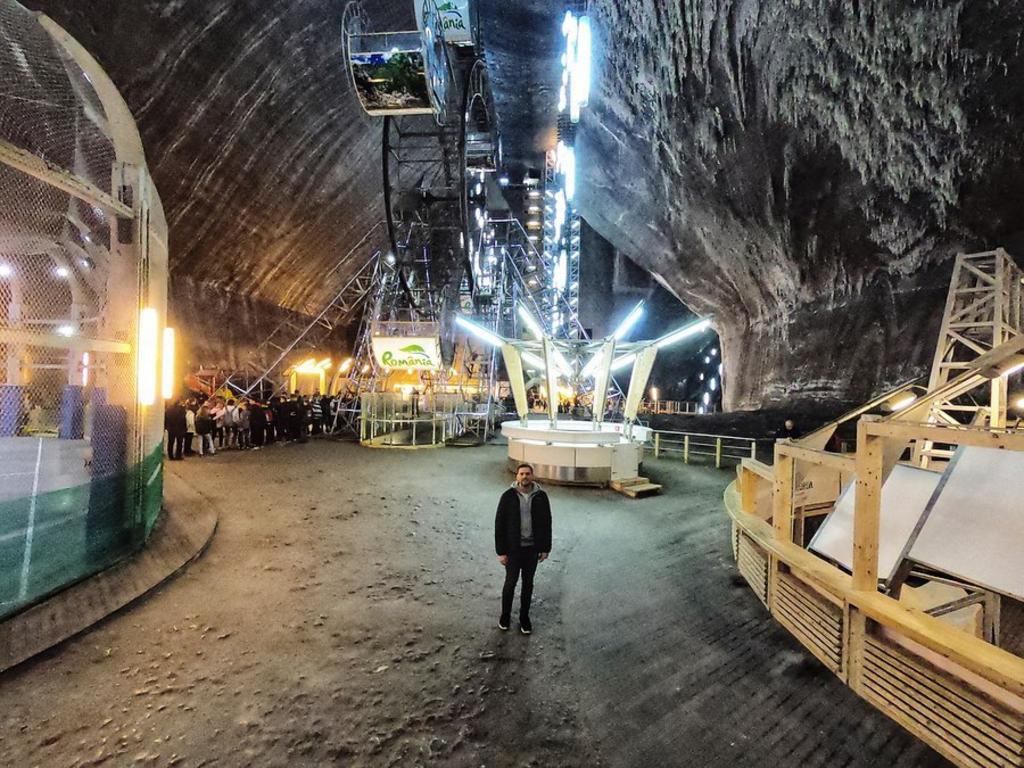
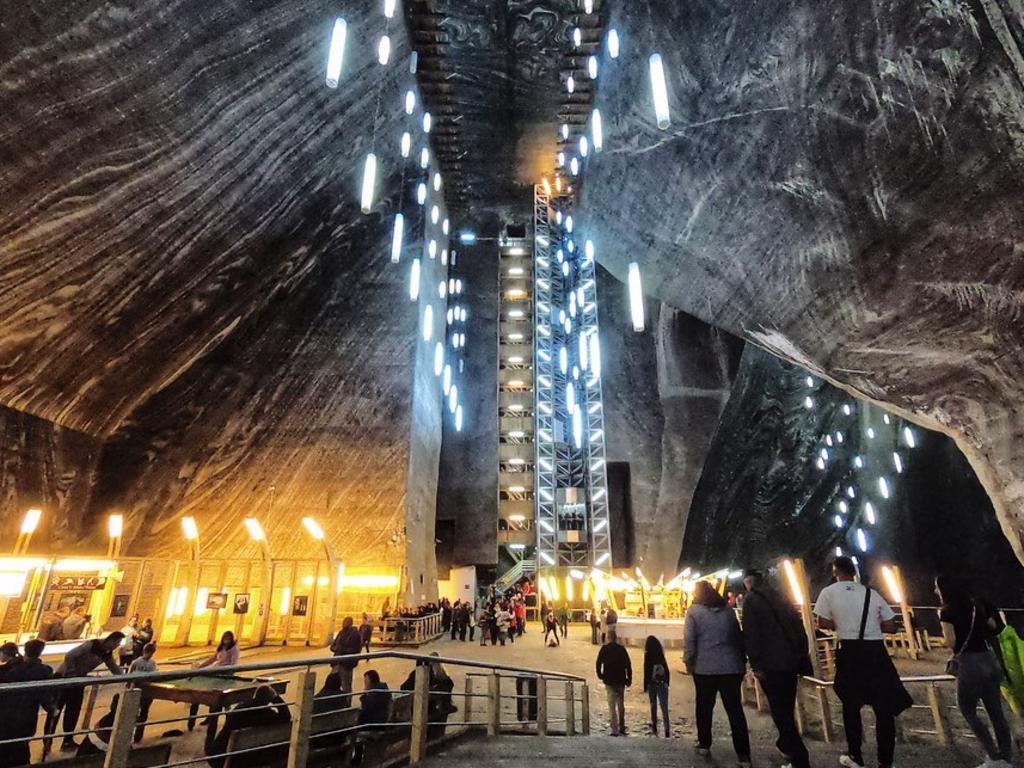
But the centrepiece of the mine is its stunning subterranean lake, another elevator ride down to the bottom of a deeper cavern about 120 metres below ground.
There you can cross onto a small island where you can hire a paddle boat to explore the furthest reaches of the lagoon yourself, making sure to admire the “salt waterfall” that blooms above your head.
The water is just shin-deep in some parts, but it’s so still and clear that it appears to stretch down forever.

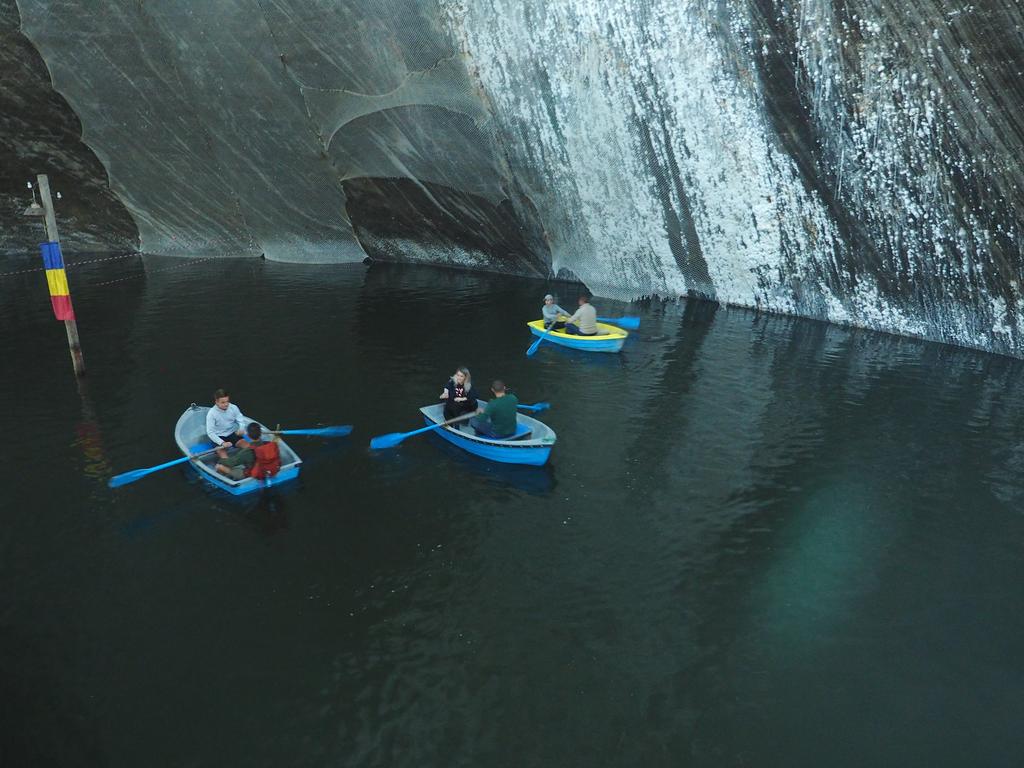
That’s the beauty of Salina Turda. Amongst all the rides and shrieks of excitement are flashes of art, nature and history.
Stalactites hang from the marbled ceiling, while old carts and pulley systems remind you of the miners’ backbreaking work.

The unique microclimate inside Salina Turda is also believed to have some health benefits.
Some people say the air inside the salt cave has curative qualities that can help treat asthma, hay fever and other chronic skin and respiratory conditions.
The idea dates back to the 1800s, when a Polish doctor named Feliks Boczkowski noticed salt miners rarely suffered from lung problems.
Doctors say more research is needed to determine if speleotherapy – or salt therapy – has any real benefit.
But Romanian families have been known to bring their children to Salina Turda, hoping the humid, antibacterial conditions will clear their airways and boost their immune systems.
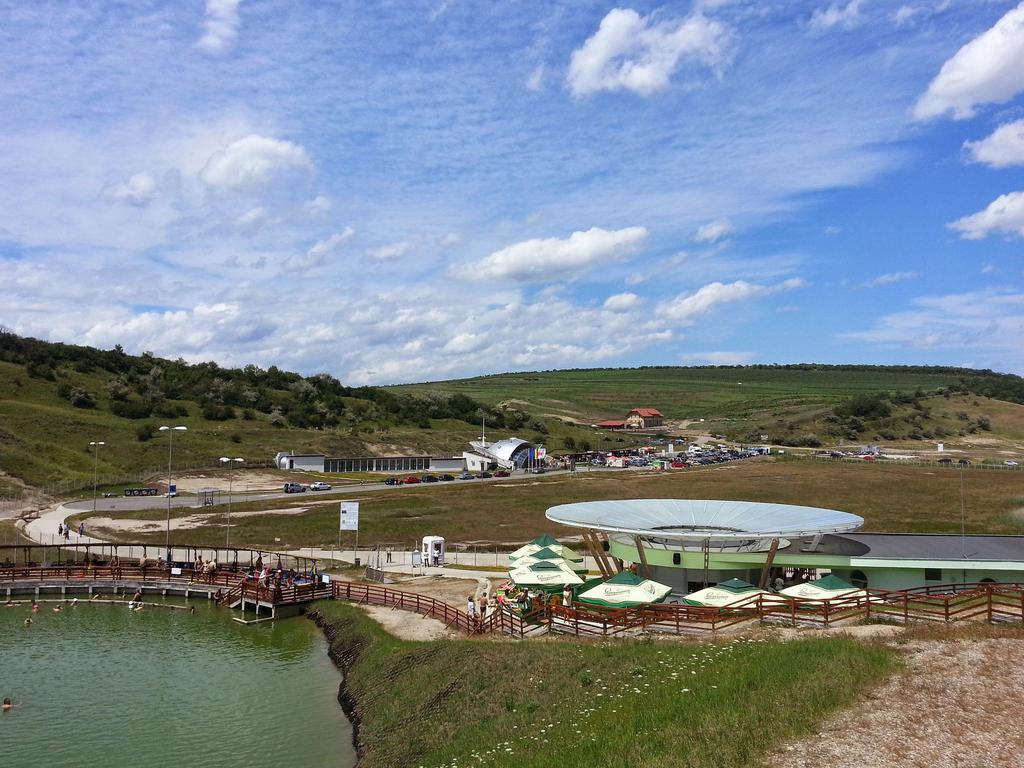
Salina Turda is best reached by car, although buses also run regularly from Cluj.
The journey takes approximately 40 minutes, while entry to the mine will cost 40 lei ($A14) for adults and 20 lei ($A7) for children.
Once inside, each activity must be paid for separately, with prices ranging from 5 lei ($A2) for a ride on the ferris wheel to 20 lei ($A7) to hire a paddle boat.
Be sure to check out the dozens of food trucks and souvenir stalls outside the mine, where you can pick up a lango – delicious Hungarian-style fried bread usually topped with sour cream and grated cheese – and homemade Romanian nougat.
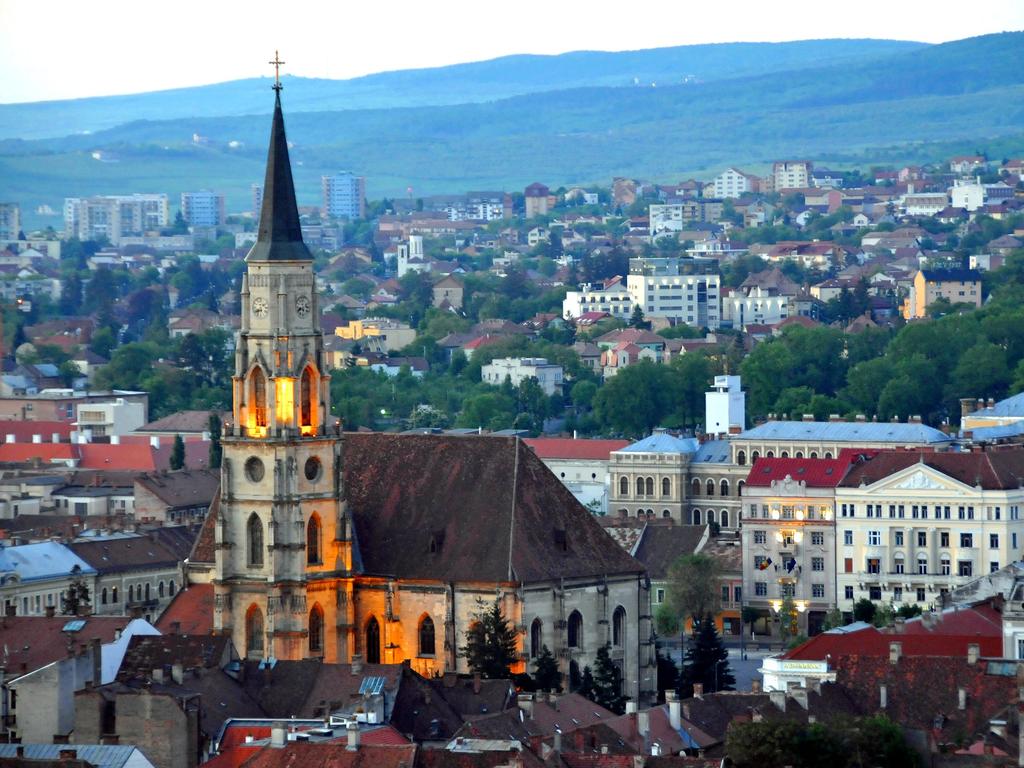
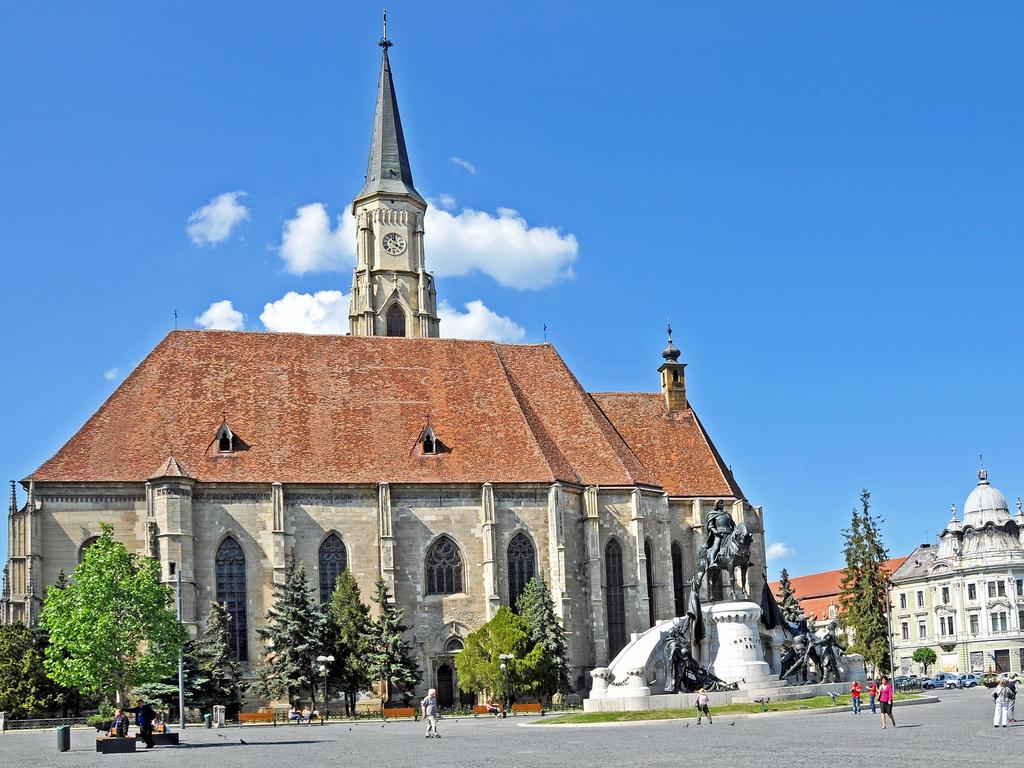
Cluj-Napoca is a friendly city with a big student population. It’s known for its bohemian bars and cafes, colourful facades and “haunted” forest, as well as its Piata Unirii (Union Square), where people gather to eat, drink and chill out with friends under the beautiful St Michael’s Church.
Sighisoara, an idyllic medieval citadel known as the “birthplace of Dracula” is also just a 2.5-hour drive away.
Expert tip: Roots near Unirii Square does the best flat white outside of Australia, while Roata is where you should head for a traditional, hearty Romanian meal.
alle.mcmahon@news.com.au | @AlleMcMahon

